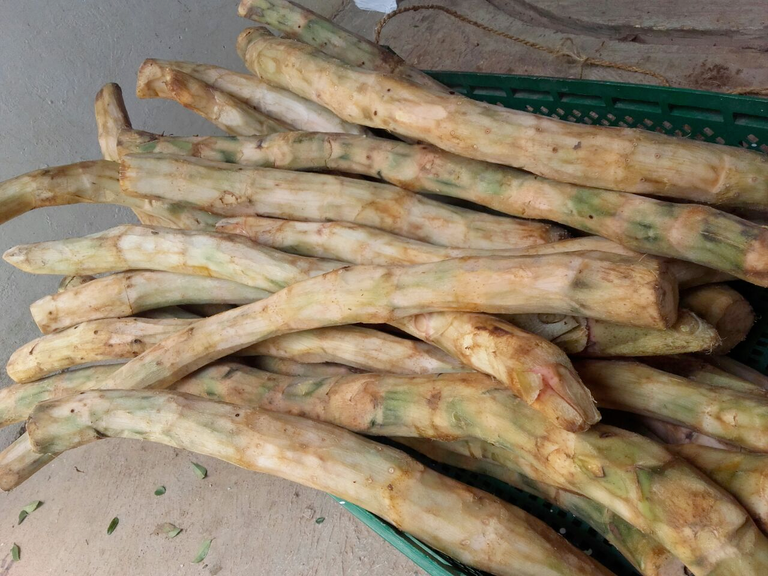There is a story told by the ancients in jest that by wiping the cockle with the thorn, the anger of angry chickens will go away. According to Ayurvedic medicine, Kohila is a divine medicine.
Kohila, which is a good, tasty food as well as a medicine, is a great medicine for many diseases. There are several types of Kohila that are equally good for young and old. It has been introduced as milk kohila, meat kohila, black kohila, vine kohila etc.
The medicinal value of kohilas, which is a fiber-rich food needed by the body, is immeasurable. Kohila also has a special property to control the increase in urine and sugar, especially in diabetes or diabetes. Kohila is a very good medicine for patients with high blood cholesterol as well as hemorrhoids. Especially for bleeding patients suffering from hemorrhoids, kohila tuber stalks, green onions, red onion, and binkarel are boiled and given to drink.
When boiling milk kohila from kohila varieties, it becomes very moloch and tasty. Val cohila is very beneficial for hemorrhoids patients. The tubers and leaves of black kohilas are larger than other kohilas. When poison is ingested, it is beneficial to prepare kohila porridge. Kohila tubers are specially prepared for food due to the fibrous nature of kohila tubers and kohila leaves.
Potatoes contain more iron than kohlrabi leaves, which have anti-pith effect. It helps to strengthen the blood. As a fiber-rich food for the body, the benefits of kohlrabi vegetables are immense. The fibers in the cochlea are not digested in the stomach or intestines. Potatoes, leaves and kohila leaves are used as kohila curry. Kohila tuber is also used in medicinal porridge.
Kohila is a plant that grows in hot, dry and humid climates, which claims to have mild medicinal properties. Kohila is used both medicinally and as a food among the people of Sri Lanka and is a plant that can be successfully cultivated in aquatic swamps. The leaves as well as the tubers here are nutritious and experts believe that eating kohila as a pod is more nutritious.
But cooking the kohila leaves in milk, removing the thorny skin of the kohila tuber and peeling the tuber thinly and grinding it with palm leaves, adding red cabbage, umbalakad, and adding a little lime to eat it as sambal is also one of the ancient ways of making kohila. Also, kohila curry is also a delicious dish. Known by the botanical name of Lasiaspinosa. This plant has a thorny ring about 4 cm thick. The leaf petiole is about 1 meter long, arrow-shaped and dark green in color, and the stem is pale green in color. The sheath is brown and yellow in color. Wart-like structures can be seen at the tip of the fruit. There are several varieties of kohila such as milk kohila, guru kohila, vine kohila, black kohila, ratak kohila, Sinhala kohila, Goda kohila, etc. The kohila plant occupies a unique place in local medicine and traditional medicine. It is especially good for hemorrhoids. It is effective in diseases such as glandular diseases, root diseases, rheumatism, rat pit, etc. Kohila leaves are used to treat colic. Due to the high amount of fat in Kohila tubers and leaves, it makes bowel movements very easy. It is also an effective medicine for intestinal diseases. Therefore, it is a drug used in the treatment of indigestion and dyspepsia. Stimulates appetite. Soothes sukhra daha. It will also be important to relieve diabetes.

#blurt #blurtstory #nature #animal #beautiful #forest #sea #world